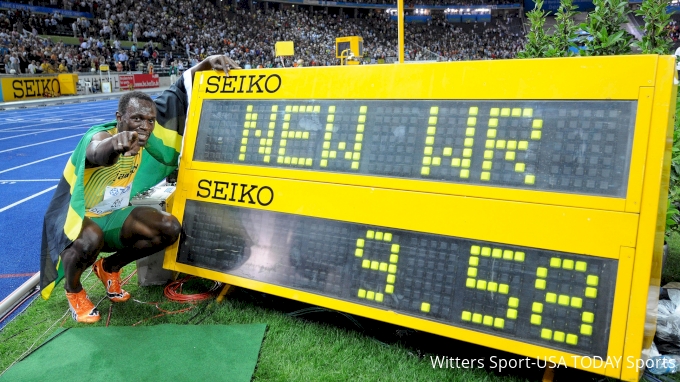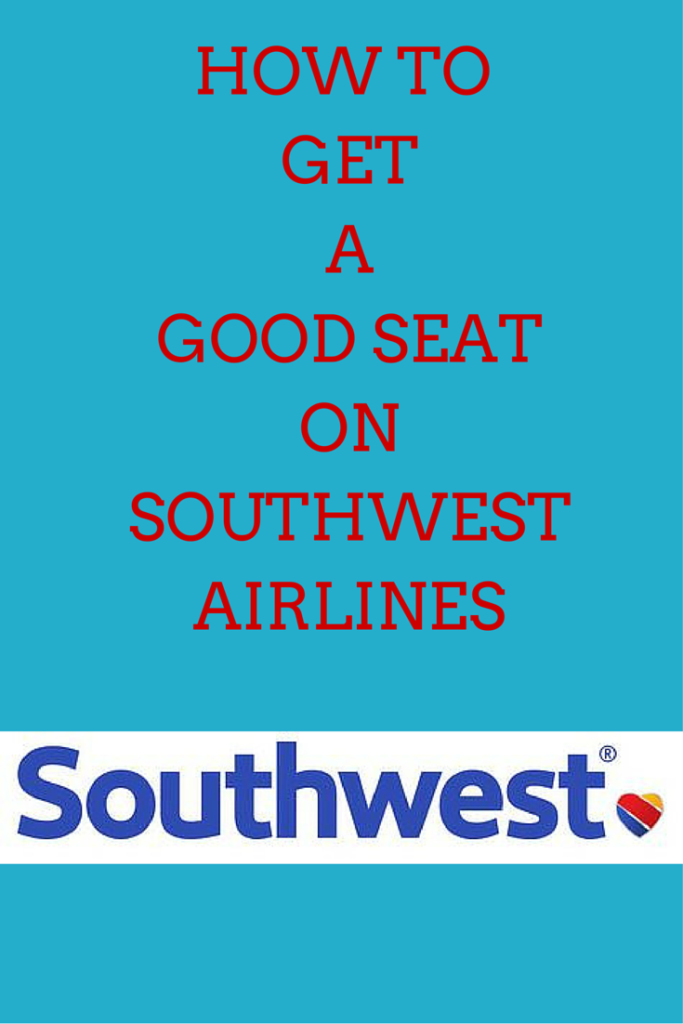

The new tarmac delay rule prohibits US airlines operating domestic flights from permitting an aircraft to remain on the tarmac for more than three hours without deplaning passengers, with exceptions allowed only for safety or security or if air traffic Fewer mishandled bags, passenger complaints There were only 12 tarmac delays of more than three hours reported in the May-2010 to Oct-2010 period by the 18 airlines that file on-time performance data with DoT, compared with 546 during the same five-month period of 2009. This is the first month that there were no tarmac delays of more than three hours by the reporting carriers since the DoT began collecting more comprehensive tarmac delay data in Oct- 2008. In Oct-2010, the carriers filing on-time performance data reported that 0.03% of their scheduled flights had tarmac delays of two hours or more, down from 0.06% in Sep-2010.Īlso in Oct-2010, the nation’s largest airlines reported no flights with tarmac delays of more than three hours, down from 11 flights in Oct-2009, with a slight reduction in the rate of cancelled flights. Meanwhile, the largest carriers cancelled 0.97% of scheduled domestic services in Oct-2010, down from 0.99% in Oct-2009. Source: US Department of Transportation’s Air Travel Consumer Report No tarmac delays of more than three hours Weather has again played havoc in Nov-2010 and Dec-2010 with flooding, heavy wind and snow falls all creating flight delays and cancellations in the US. Weather played the biggest role in the delays: 33.06% of late flights were delayed by weather in Oct-2010, down from 41.14% in Oct-2009.

It's a delicate balance we are always mindful of and seek to improve." We also know they want us to complete their flight so they can get to their destination, even if delayed. New York JFK-based JetBlue (76.7%), Southwest Airlines (77.5%) and Comair, a Delta Connection carrier (78.0%) had the worse ratings in the month, meaning Southwest finished 17th out of 18 airlines in Oct-2010 OTP, its worst monthly ranking in at least 12 years.Īnother Southwest Airlines spokesperson Ashley Dillon added: "Record load factors during the month contributed to our decisions to delay aircraft and hold for customers who we wouldn't have been able to accommodate if we had cancelled flights. The best performing carriers were Hawaiian (95.4%), as usual, followed by AirTran (90.4%) and United (89.9%). In Oct-2010, the reporting carriers recorded an overall on-time arrival rate of 83.8%, up from the 77.3% rate in Oct-2009 but down from Sep-2010’s 85.1% level. While Southwest has maintained an on-time arrivals level at more than 80% for nine consecutive years, rivals’ gains have helped put the industry on course for its most punctual year since 2003. Source: US Department of Transportation’s Air Travel Consumer Report Hawaiian, AirTran and United the best performers Overall percentage of reported flight operations arriving on time and carrier rank, by month, quarter and database to date Upon the release of the carrier’s 3Q results in Oct-2010, the carrier added that it had produced record monthly load factors for 14 of the preceding 15 months. In Oct-2010, the carrier’s load factors stood at 81.7%, marking the highest load factors for an October in the carrier’s history. Southwest also attributed its worsened on-time performance to the increase in passenger numbers with CEO Gary Kelly stating that the carrier has seen added traffic due to its policy of being the only US carrier that does not charge for a first or second checked baggage.ĭuring Nov-1010, Southwest handled 7.4 million passengers (+4.7%) with a load factor of 80.1% (+3.6 ppts). We have actually added more complexity to our network, along with record loads, and have not seen a dramatic decrease in performance.”

Southwest spokesman Chris Mainz said: “It is a priority for us to make improvements.

The 2010 slump in on-time performance marks a blow for the carrier that was alone among the major airlines in posting a drop in on-time performance in the 12 months.


 0 kommentar(er)
0 kommentar(er)
